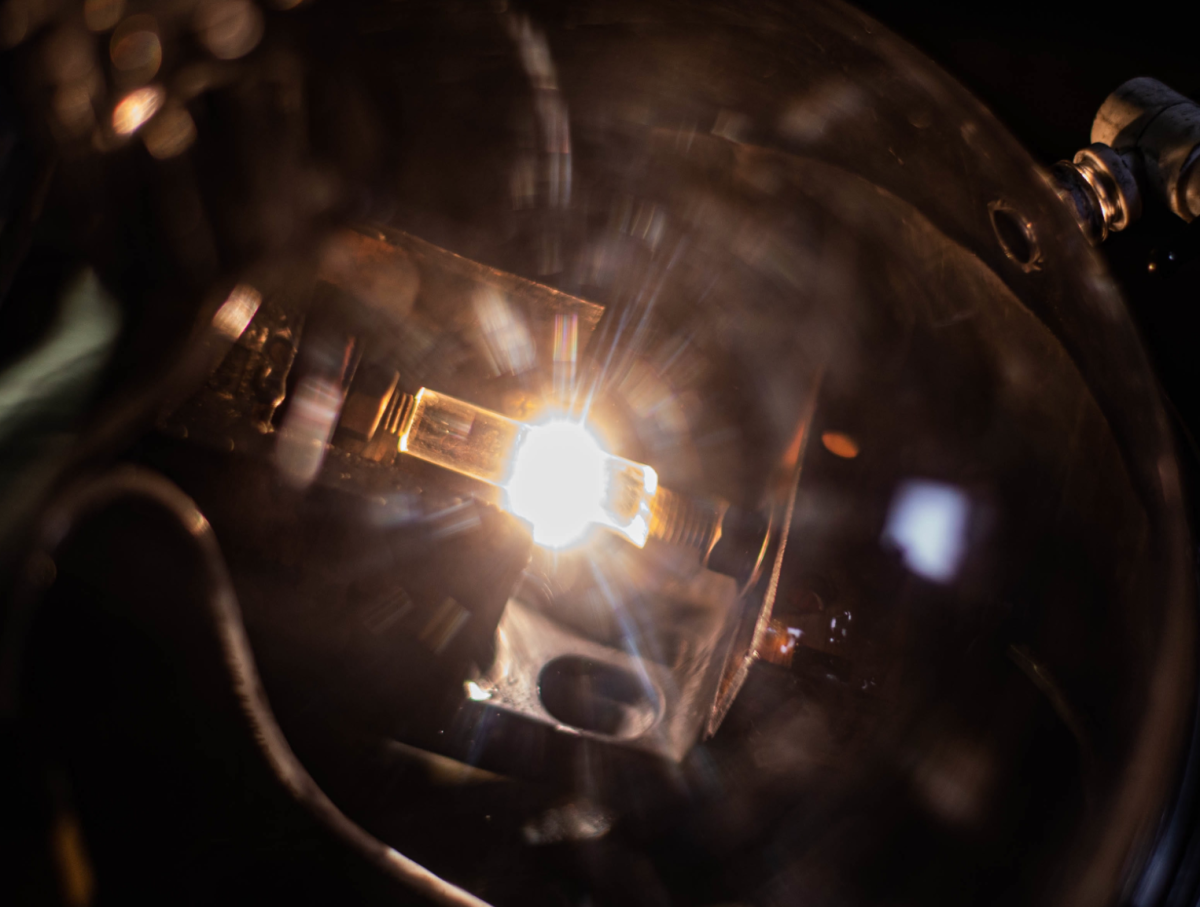Scientists have found a way of "turning trash to treasure" in less than a second thanks to a process that transforms carbon-based materials into graphene.
Taking place inside a custom-designed reactor, the environmentally-friendly new process produces one of the strongest materials known to humankind from materials such as coal, plastics and food waste, according to a team of researchers from Rice University in Texas.
Experts said the key is temperature and timing, and the results could potentially revolutionize how the world manages several wasteful materials.
"This is a big deal," James Tour, professor of chemistry at Rice University, said in a release this week alongside a video demonstration of the process.
"The world throws out 30 percent to 40 percent of all food, because it goes bad, and plastic waste is of worldwide concern. We've already proven that any solid carbon-based matter, including mixed plastic waste and rubber tires, can be turned into graphene."
In the study, scientists created "flash graphene" in as little as 10 milliseconds by heating the carbon material to 3,000 Kelvin, which is approximately 5,000 F.
The material is put between two electrodes and shot with a short pulse of electricity, which heats up the material while breaking down its chemical bond. The non-carbon elements disappear while the remaining carbon atoms convert to graphene.
"We essentially speed up the slow geological process by which carbon evolves into its ground state, graphite," said Rice researcher Ksenia Bets, a co-author of the new paper. "Greatly accelerated by a heat spike, it is also stopped at the right instant, at the graphene stage."
Graphene is said to be about 200 times stronger than steel, but until now has been limited for use in industrial applications as it is expensive to make. Researchers said a tiny amount of graphene can enhance the properties of materials including concrete, metals and plastics.
Doing so would have a significant positive environmental impact, the team said, noting that adding just 0.02 percent of the flash graphene to concrete could increase its strength by 35 percent. Less concrete could be used while maintaining the same levels of structural integrity.
"Production of cement reportedly emits as much as eight percent of human-made carbon dioxide every year," researchers said, describing the potential benefits of their project.

The team stressed environmental benefits would not be limited to concrete emissions.
"It provides a new use for coal without the need to burn it, leverages materials that would otherwise end up in landfills, it converts biomass that would otherwise decompose, it allows us to use less of the expensive materials we use today and all this will reduce our carbon footprint and lower greenhouse gas emissions," a second video explaining the new scientific process said.
The system produces what is known as "turbostratic" graphene, which is easier to separate and combine with materials than the more common A-B stacked graphene.
The findings were published in the journal Nature on January 27. The research was supported by the Air Force Office of Scientific Research and the National Science Foundation.
According to Tour, flash graphene could become a major market in the future and the team is already testing the use of graphene-enhanced concrete and plastic. He said he hopes to be making approximately 2.2 pounds of flash graphene every day within two years.
Rouzbeh Shahsavari, another Rice scientist who was a co-author on the paper, agreed with the promising results, noting: "Turning trash to treasure is key to the circular economy."
The next step will be to expand the project, the team said.
"We are scaling now to kilograms per day in my lab, supported by a Department of Energy grant to convert domestic coal into graphene," Prof. Tour told Newsweek.
"The company that is acquiring exclusive license, Universal Matter, is involved in scaling much bigger than that. That will involve automation and they are contracting the designers through well-seasoned manufacturing automation design service companies.
"We want to ensure quality regardless of the source of carbon: coal, petroleum coke, mixed plastic waste, rubber tires, waste food, biochar etc. All need slightly different flash settings."
This article has been updated with comments from James M. Tour, Ph.D.
Uncommon Knowledge
Newsweek is committed to challenging conventional wisdom and finding connections in the search for common ground.
Newsweek is committed to challenging conventional wisdom and finding connections in the search for common ground.
About the writer
Jason Murdock is a staff reporter for Newsweek.
Based in London, Murdock previously covered cybersecurity for the International Business Times UK ... Read more
To read how Newsweek uses AI as a newsroom tool, Click here.








